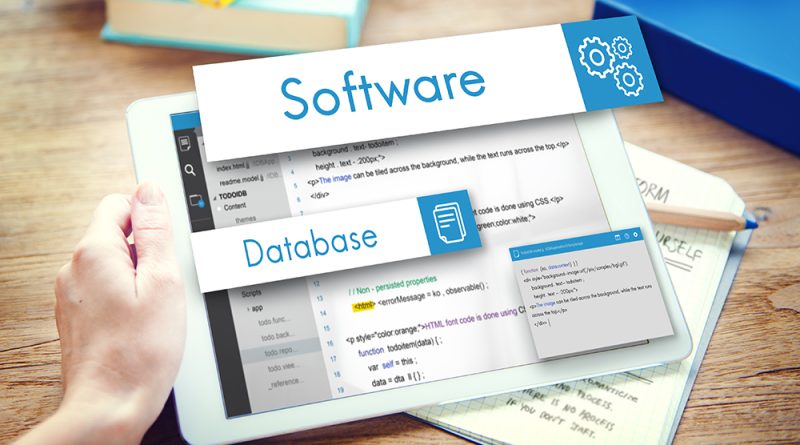Evaluating the Balance: The Double-Edged Sword of SaaS Platform Reliance
In an era where digital convenience reigns supreme, businesses are increasingly turning to software-as-a-service (SaaS) platforms for a myriad of operational needs. From payroll management to marketing automation, the allure of these ready-made, versatile solutions is undeniable. A stark growth is evident, with organizations’ use of SaaS platforms skyrocketing from an average of 8 in 2015 to a staggering 130 by 2022, according to Statista. Yet, this convenience comes with a caveat, as IT leaders often grapple with the exact breadth of SaaS usage within their teams, a figure that tends to be higher than recorded, as VentureBeat reports.
The integration of SaaS platforms is not merely a trend but a strategic approach that allows businesses to focus on their core objectives while outsourcing ancillary functions. However, this dependency broadens what’s known as the ‘SaaS attack surface’ – the nexus of subdomains, APIs, and third-party vulnerabilities that cyber attackers eagerly exploit. Large organizations, in particular, find themselves managing a labyrinth of these components, significantly amplifying their cyber risk exposure.
The security implications are profound and multifaceted. A breach in any component of the SaaS ecosystem can ripple through an organization, making it only as secure as its most vulnerable link. Data leaks stand out as a primary concern, with notable breaches in major B2B SaaS providers like Twilio and Okta setting off alarms across industries. Such incidents not only compromise the integrity of the SaaS providers but also burden their client businesses with the arduous task of damage control, as mandated by data protection laws like GDPR and CCPA.
But the threats don’t end at data breaches. The specter of supply chain attacks looms large, epitomized by the infamous SolarWinds incident. These attacks, which occur when a SaaS provider is compromised, can have a domino effect, breaching the networks of its clients as well. The risk is exacerbated by the ever-expanding external attack surface, which includes potentially vulnerable subdomains and APIs. Abandoned or under-monitored assets, especially those associated with shadow IT, become prime targets for attackers, leading to scenarios like the subdomain takeovers witnessed in cases like Heroku or the API breach that exposed millions of X (formerly Twitter) user records.
In this precarious landscape, vigilance and proactive measures are paramount. Organizations are urged to adopt a comprehensive view of their SaaS usage, regularly auditing and monitoring their platforms while enforcing stringent security protocols. The use of external attack surface management tools is gaining traction, offering an outside-in perspective akin to that of potential attackers. These tools provide critical insights, enabling businesses to discover and secure vulnerable assets, thereby fortifying their defenses against the ever-evolving cyber threats.
In conclusion, the ubiquity of SaaS platforms in modern business operations is undeniable, offering unmatched efficiencies and capabilities. However, this reliance introduces a complex web of security challenges that organizations must navigate with diligence and foresight. As the digital landscape continues to evolve, the need for robust, adaptive security measures and comprehensive risk management strategies has never been more pressing.

